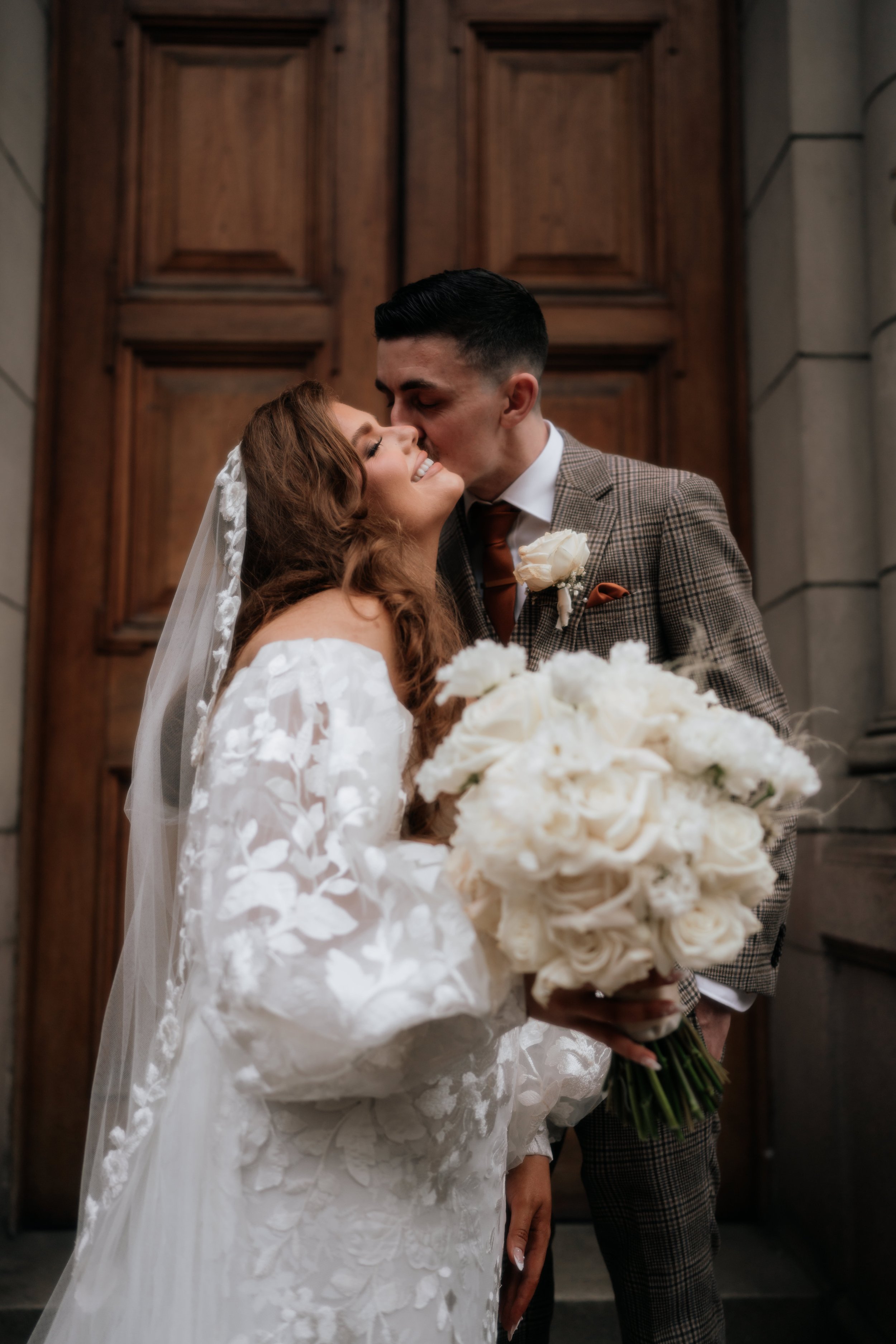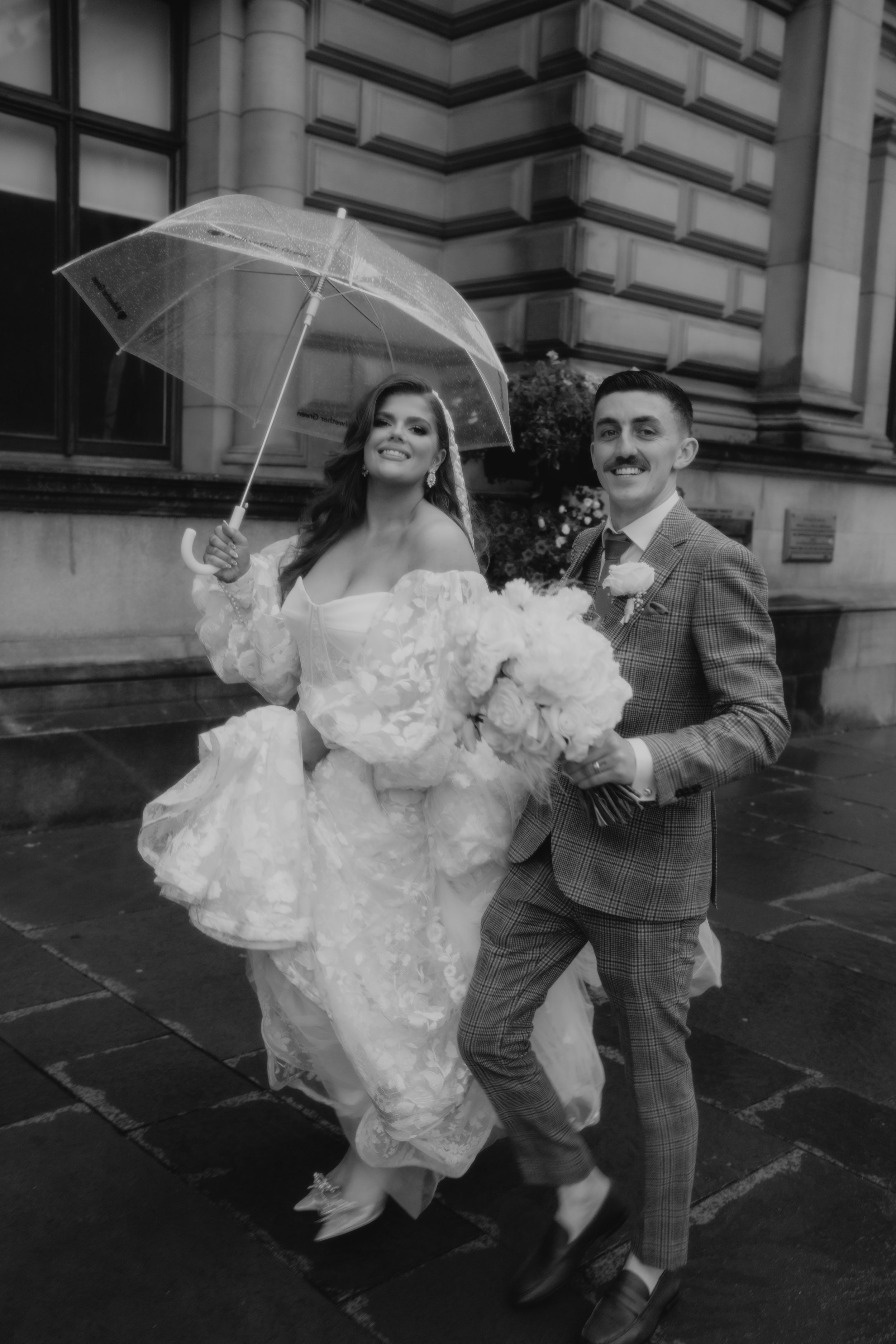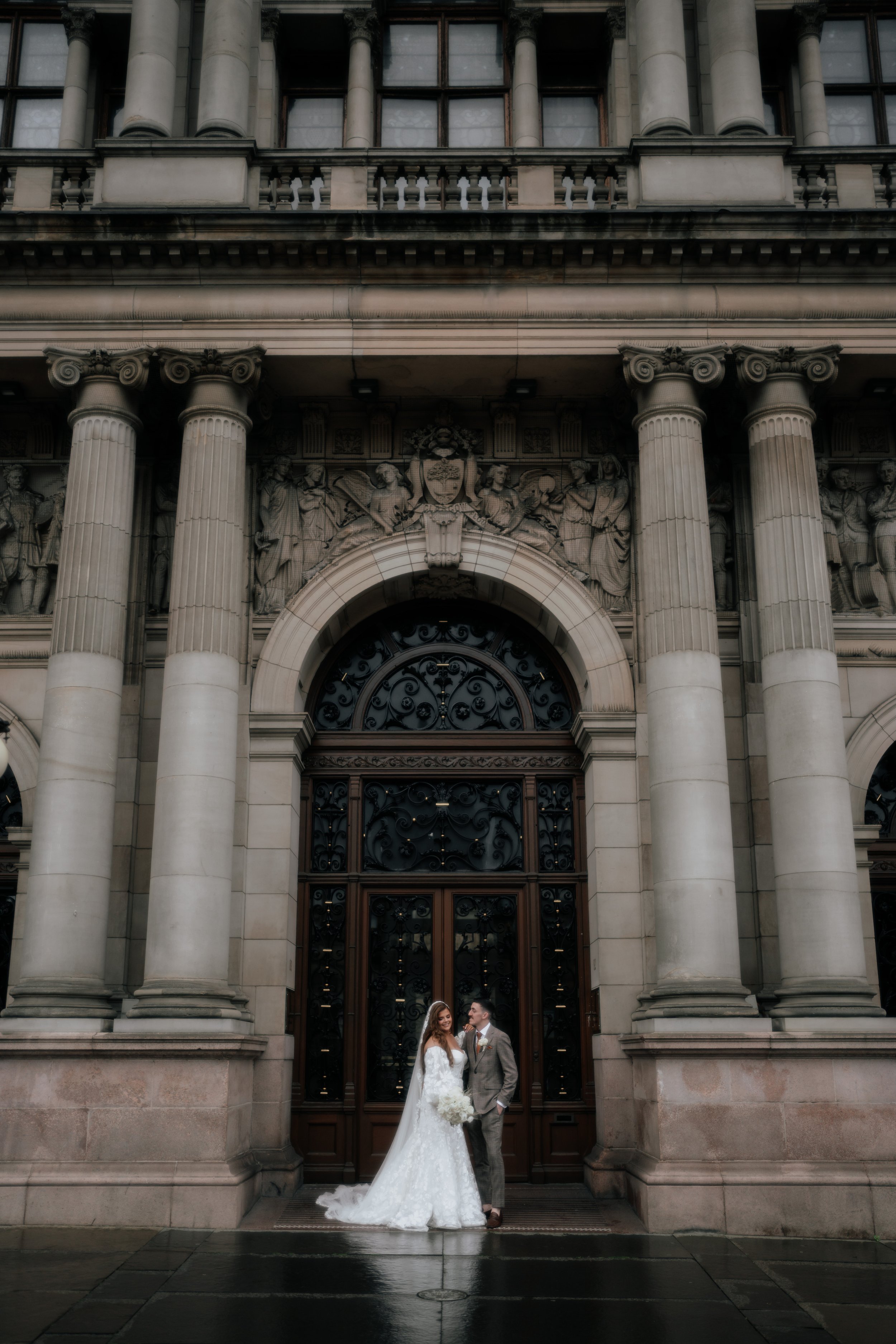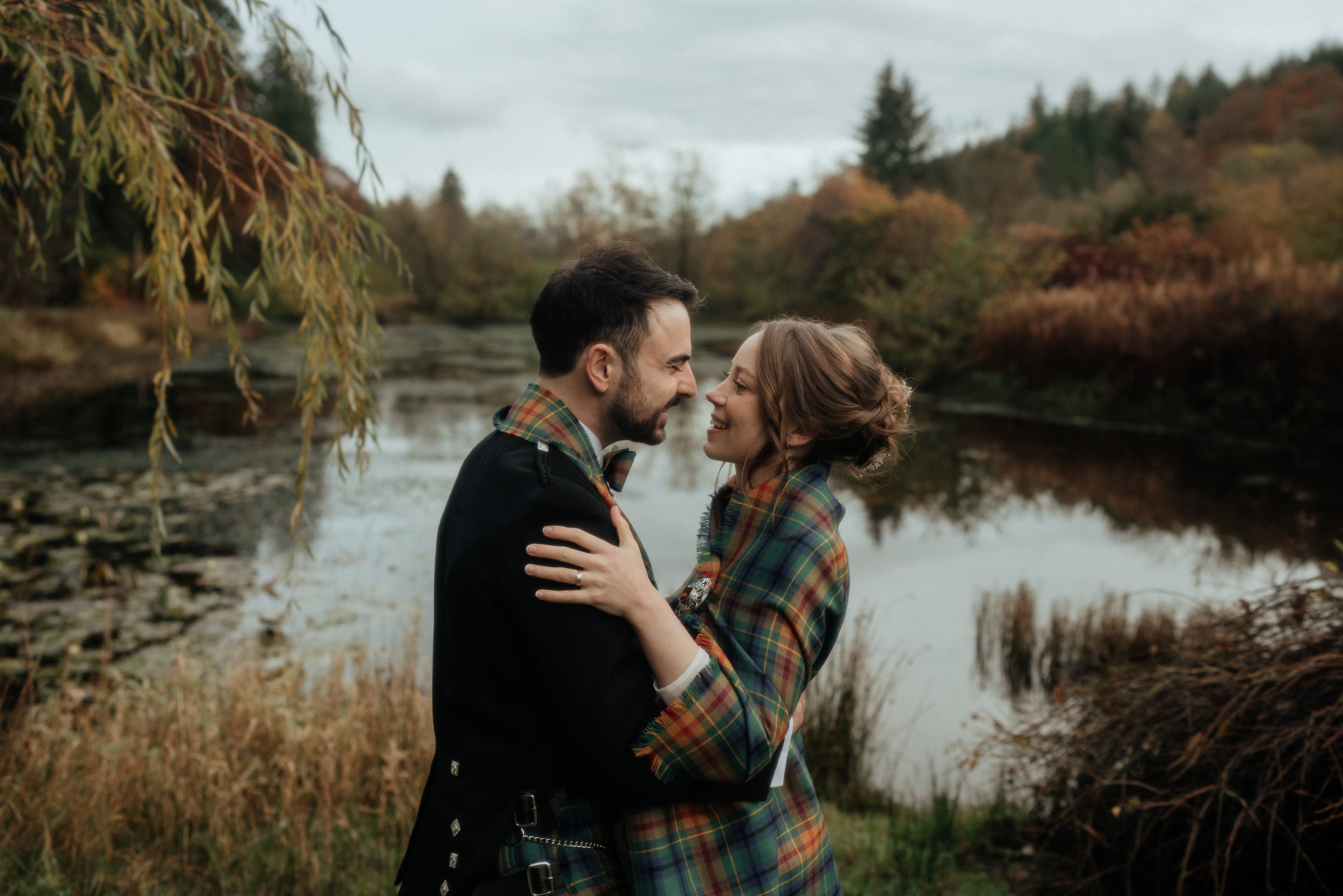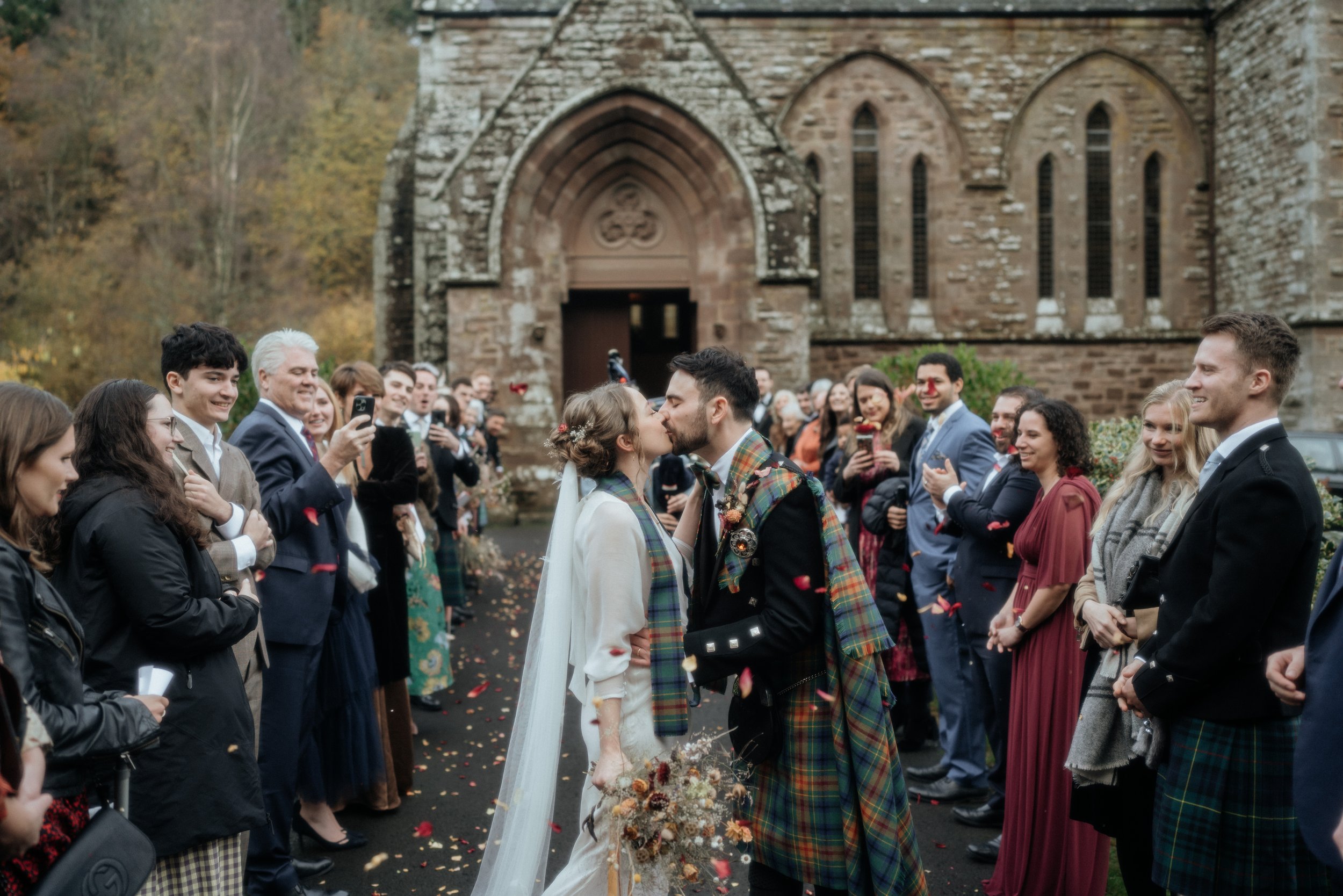How to Plan a Destination Wedding in Scotland?
The Ultimate Guide to Planning a Destination Wedding in Scotland
Planning a destination wedding in Scotland can be an exhilarating experience, offering the perfect blend of romance, tradition, and natural beauty. Whether you envision exchanging vows amidst the historic walls of a castle, in the enchanting countryside, or along the picturesque coastline, Scotland offers a myriad of stunning settings for your special day. Here's a step-by-step guide to help you plan your dream destination wedding in Scotland:
THE STEPS
Set a budget
Choose a date
Book your venue
Book your photographer
Book your other vendors
Plan accommodation and travel
Create an itinerary
Finalise the details
Enjoy the best day of your lives!!
The Legalities of Getting Married in Scotland
If you wish to tie the knot legally in Scotland, you can do it even if you are not a country citizen. Here is a general guide to performing a legal marriage:
Both must be 16 years old or older.
Same and opposite-sex couples can get married.
You should not be currently married or in a civil partnership with someone else.
Not closely related.
You can have a civil or religious ceremony.
To start the process, you must:
Find a venue.
Complete and return a Marriage Notice form and required documents at least 28 days before the wedding.
Documents needed:
Birth certificate.
Proof of address.
Proof of nationality.
Certificate that you are free to marry under the law of your country.
If your documents are not in English, you must translate them. If you travel to get married in Scotland, a visa or permit might be required. It will depend on where you're from, who you're marrying, and whether you intend to stay in the UK afterward.
Complete and return a Declaration of immigration status if you are not from UK, European Union, Switzerland, Iceland, Norway, and Liechtenstein.
Get the marriage schedule. For civil ceremonies, your district registrar will keep the schedule until marriage. In a religious or belief ceremony, you must collect it in person from the registration office. The marriage schedule is issued no earlier than seven days before the date of the marriage.
Perform your ceremony in front of a registrar and with the presence of two witnesses. A civil ceremony must be conducted by district registrars appointed by the registrar general. An approved celebrant must conduct religious or belief ceremonies.
Registration of ceremony. For religious or belief marriage, you must return the signed schedule to the district registrar within three days of marriage. In a civil marriage, the registrar will keep it and return it.
Best Wedding Venues in Scotland
If you’re still on the hunt for a wedding venue in Scotland, I’ve written some separate blog-posts on the best wedding venues which you can find below:
How to Plan a Rehearsal Dinner
Planning a rehearsal dinner is a wonderful way to kick off the wedding festivities and gather close family and friends together before the big day. It's an opportunity to relax, unwind, and enjoy good food and company in a more intimate setting.
Finalising the details
Once your venue is booked and your date is set, it’s time to start thinking about the details:
Photography and videography: Choose a photographer and videographer who understands the challenges and opportunities of Scottish light and landscapes. Consider scheduling some time for outdoor shots that capture the beauty of your surroundings.
Catering: Treat your guests to traditional Scottish fare like haggis, neeps, and tatties, or Scottish salmon. Don’t forget to offer a whisky bar with a selection of local malts.
Flowers: Scottish flowers like heather, thistles, and roses can add a beautiful touch to your arrangements. Consider what’s in season and local to the area.
Outfits: A Scottish wedding wouldn’t be complete without the traditional kilt outfit. The groom and groomsmen wearing kilts in their clan tartan is a time-honored tradition. You can also incorporate tartan into your décor, bridesmaids’ dresses, or even your bouquet. Many kilt hire services in Scotland offer personalised fittings to ensure the perfect fit, adding an authentic touch to your wedding attire.
Music and Entertainment: Whether it’s a harpist for the ceremony, a piper for the reception, or a live band for dancing, Scotland offers plenty of musical talent to enhance your day.
Glad you are here!
Hey, I’m Aryan - a scotland wedding photographer and videographer who has shot weddings all over Scotland and often in Europe too.
I’m easy going and always up for a good laugh. I’m never stuck in a “comfort zone” with my work and always strive to go above and beyond to create magic for my couples. Being able to provide an all inclusive photo and film package means I can save you time and hassle of having to go through two different suppliers, contracts, invoices, etc. You’ll have consistency of colours and edit through your photos and film, and can remain assured that your photos and film will be one of a kind.



